
Spy balloons were launched towards Moscow from North Angus as Cold War tensions intensified between the US and the Soviet Union.
Scotland was the keystone in Washington’s early Cold War strategy and the goal was to fly over the vast Soviet homeland and collect intelligence on nuclear weapons.
The US Air Force and the CIA agreed on the planned use of spy balloons.
Edzell was chosen in October 1954 following a discussion with the RAF, although none of the eight balloons floated across the North Sea towards Russia as anticipated.
Instead they headed south to Africa.
The trial was repeated in January 1955 but all of the balloons failed to launch.
The strategy quickly became unsustainable.
Edzell was dropped as a potential site.
The airfield was used as a motor racing circuit in the late 1950s and one of the last races was won by future double World Grand Prix champion Jim Clark.
It was deemed surplus to requirements by the RAF.
Edzell became a top-secret communications base in 1960 by accident.
A US Navy junior officer signed an agreement for the US to take possession of the site without prior approval from the Pentagon to stop it from going to auction.
Its location was too good to miss.
Control of the vital ground of Scotland was essential for the US.
American Navy men with earphones clamped firmly to their heads at Edzell monitored “clandestine communications” from the Soviet Union from 1960 to 1997.
Detecting and tracking Soviet submarines
Author David Mackay said the role played by the US at Edzell was a game changer and through it nuclear mayhem between the two superpowers was kept at bay.
The former Parachute Regiment officer details the events at Edzell in his book Bubbleheads, SEALs and Wizards: America’s Scottish bastion in the Cold War.
He said Edzell “lived with endless security and cover stories” from the original US Navy press release, which claimed that there “would be no missiles, planes or radars” there.
“There was a constant stream of denials and misleading statements,” he said.
“It was a site working on sensitive matters.
“Its primary role was to detect, monitor and track Soviet submarines and radio signals in the North Atlantic zone and the Barents Sea.
“With a working range of almost 4,000 miles, Edzell’s equipment could even reach the Caribbean, and was specifically designed to detect transmissions from submarines.
“The US Government expended huge sums on Edzell’s operations.
“Its importance was recognised in 1973 when a US Senate report stated that Edzell’s activities were vital to the security of the nation.”
Official denials could not hide the true purpose of Edzell’s activities.
The radio equipment was fully visible.
The masts were nicknamed the Elephant Cage and covered 40 acres.
The massive communications facility was also dotted with satellite dishes and hi-tech golf ball electronic surveillance equipment within the security fence.
Many of the snoops – officially called cryptologic officers – could speak Russian and listened in to radio signals from the Eastern Bloc during the Cold War.
The intercepted messages were dramatic
Mr Mackay said Edzell operators listened to the Israeli attack on the USS Liberty during the 1967 Six-Day War when 34 Americans had been killed and almost 200 wounded.
This was followed in 1968 by the capture of the USS Pueblo by North Korea.
Up to 3,000 personnel were said to have been stationed at Edzell, which was a top secret submarine tracking system and part of the Nato High Command network.
One of the intelligence reports narrated the loss of the Soviet submarine Komsomolets off the coast of Norway in 1989, which demonstrated the brutal reality of the Cold War.
This area was constantly covered by the Edzell operators.
Komsomolets had 69 crew on board when fire broke out during her third operational patrol in the Arctic Ocean and most of the crew abandoned ship.
“The US Navy offered to assist but this offer was declined,” said Mr Mackay.
“All external assistance and humanitarian aid offers were rejected.
“The boat and crew were sacrificed and ideology triumphed.”
Of the 69 crewmen, 42 people died.
Mr Mackay said Edzell would have been high on the Russians’ Cold War target list.
However, the Edzell personnel appeared to be unaware of this.
Even 30 years after the Cold War ended, Mr Mackay said few were willing to discuss Edzell’s role – with many names being changed to protect those who did speak to him.
“This is the first comprehensive examination of its activities and it shines a bright light on the significant role Scottish bases played in supporting the United States military for more than three decades,” he said.
“It provides a detailed examination of the major American bases in Scotland, covering their operations and has interviews with over 150 American and British Cold War military personnel.
“There were six significant bases, the most important being America’s first nuclear-armed submarine squadron in the Holy Loch.
“I also explain the operations which were carried out by the large radio spy stations (SIGINT) at Kirknewton in West Lothian, Thurso and Edzell.
During the Cold War, more than 40,000 US military personnel served in Scotland and there were four major bases and a dozen smaller outposts.”
“It is fully referenced and its main aspect is interviews with more than 150 US and British veterans.
“Their contributions cover the nitty-gritty end of history, not high-end diplomacy.
“This fast-moving account of their endeavours, often in long working conditions, highlights the value of teamwork, training and determination.
“The size of the American presence and number of bases will come as a surprise to readers.
“During the Cold War, more than 40,000 US military personnel served in Scotland and there were four major bases and a dozen smaller outposts.
“The book reveals, for the first time, America’s most bizarre intelligence-gathering activity of the early Cold War, which also took place in Scotland.
“Scotland was at the epicentre of the Cold War’s most terrifying episode – the Cuban Missile Crisis.
“Kennedy’s success was greatly assisted by these Scottish bases, which provided him with the firepower and intelligence to outwit Khrushchev.
“Scotland was a crucial part of Nato’s physical structure during the Cold War.”
Edzell was a first-strike nuclear target
Its geographical position meant that it was essential to defending the Northern Waters.
“The country was already a Soviet nuclear target because of its industrial base, but the major US bases also became first-strike nuclear targets, as outlined by a senior Nato commander,” said Mr Mackay.
“An interesting theme throughout the book is the constant espionage effort mounted by the KGB against these bases.
“I interviewed senior intelligence officers and their input is revealing.
“Edzell was described as America’s European showcase because of its vital intelligence-gathering role.
“It was described by the National Security Agency (NSA) as a ‘most important intelligence-gathering centre between 1960 and 1962’.
“Armed guards were provided for the sensitive Edzell compounds.
“This was most unusual at UK military locations.”
The US personnel on site described it as a “Big Ear listening to the Soviets” while locals developed suspicions about a top-secret submarine underground presence at Edzell.
There were 160 masts in the Elephant Cage and the signals were fed into Building 300.
These were transmitted to the goniometer deck where equipment was used to rapidly scan through the antennas while a huge array of fans would control the temperature.
It was the noisiest room in the complex.
Personnel had to shout to be understood and ringing telephones could not be heard.
Mr Mackay said a simple solution was found and telephones were fitted with submarine klaxon ring tones, although people outside the sprawling site could also hear it.
When a klaxon sounded there would be a cry of “Dive! Dive!” from most personnel.
Mr Mackay said some locals believed the Americans kept their missile submarines
under the base with access from a tunnel to the North Sea some 10 miles away.
The secrets will never be revealed
The last service personnel left RAF Edzell in 1997 following the collapse of the Soviet Union and staffing levels had fallen to 300 local and 700 military personnel.
The closure marked the end of 37 years of US Navy operations.
Mr Mackay said: “The Cold War in Scotland is mainly forgotten, apart from some trendy conversions of old nuclear bunkers into tourist attractions.
“Edzell’s work was exceptionally important, such as tracking Russian and Chinese military satellites, as well as tracking enemy submarines, merchant vessels and planes.
“It was part of an American worldwide network devoted to this operation.
“Edzell was a house of secrets.
“Nothing has changed.
“It’s operational details are still classified.”
- Bubbleheads, SEALs and Wizards: America’s Scottish bastion in the Cold War by Whittles Publishing is on sale now.
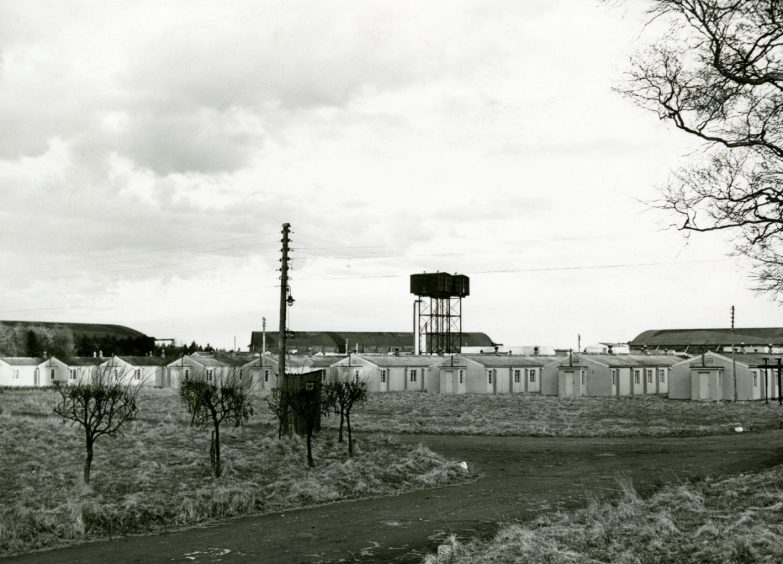
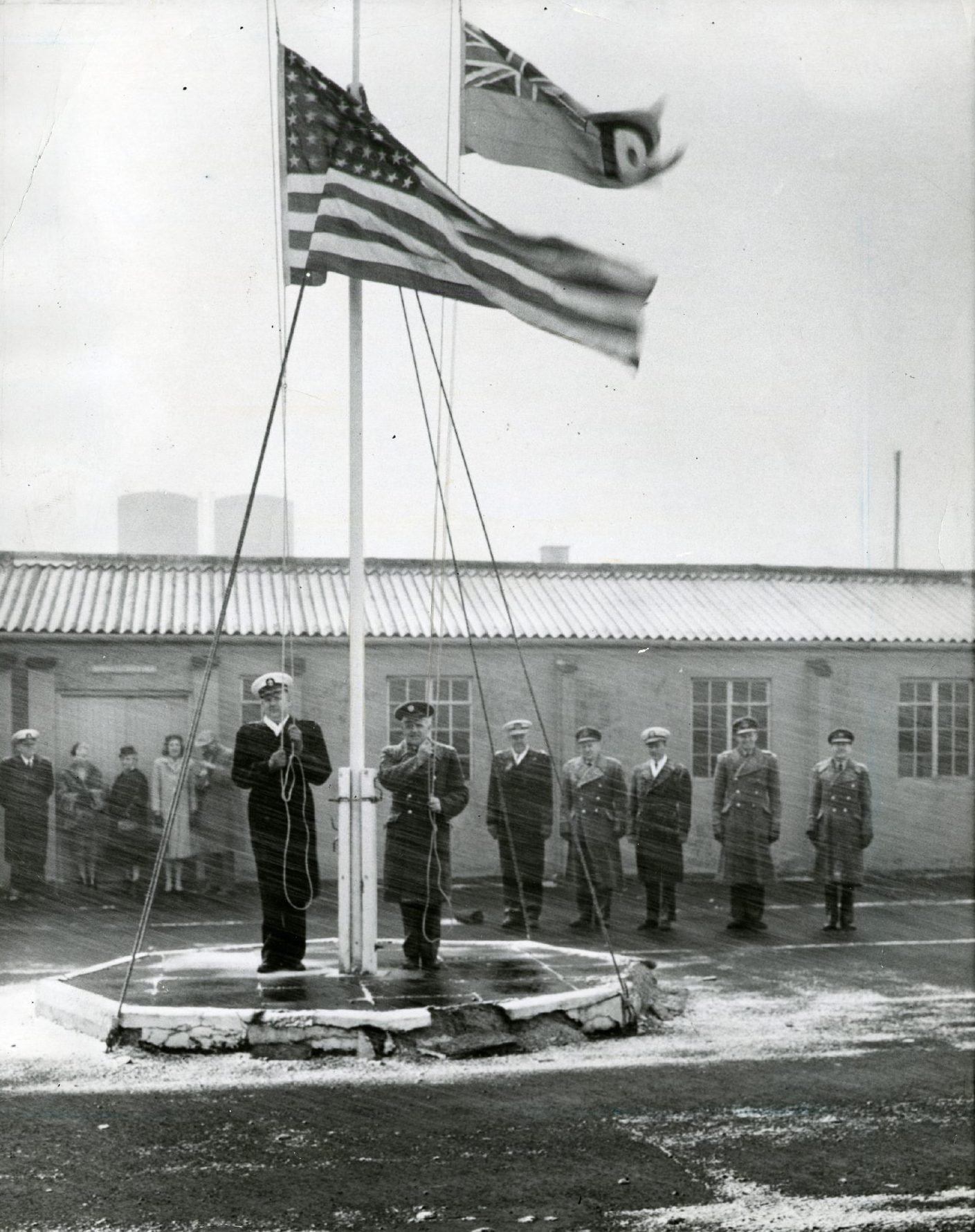
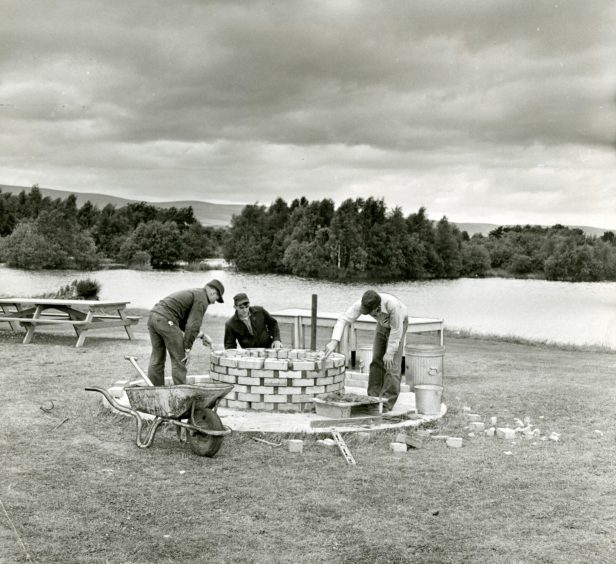
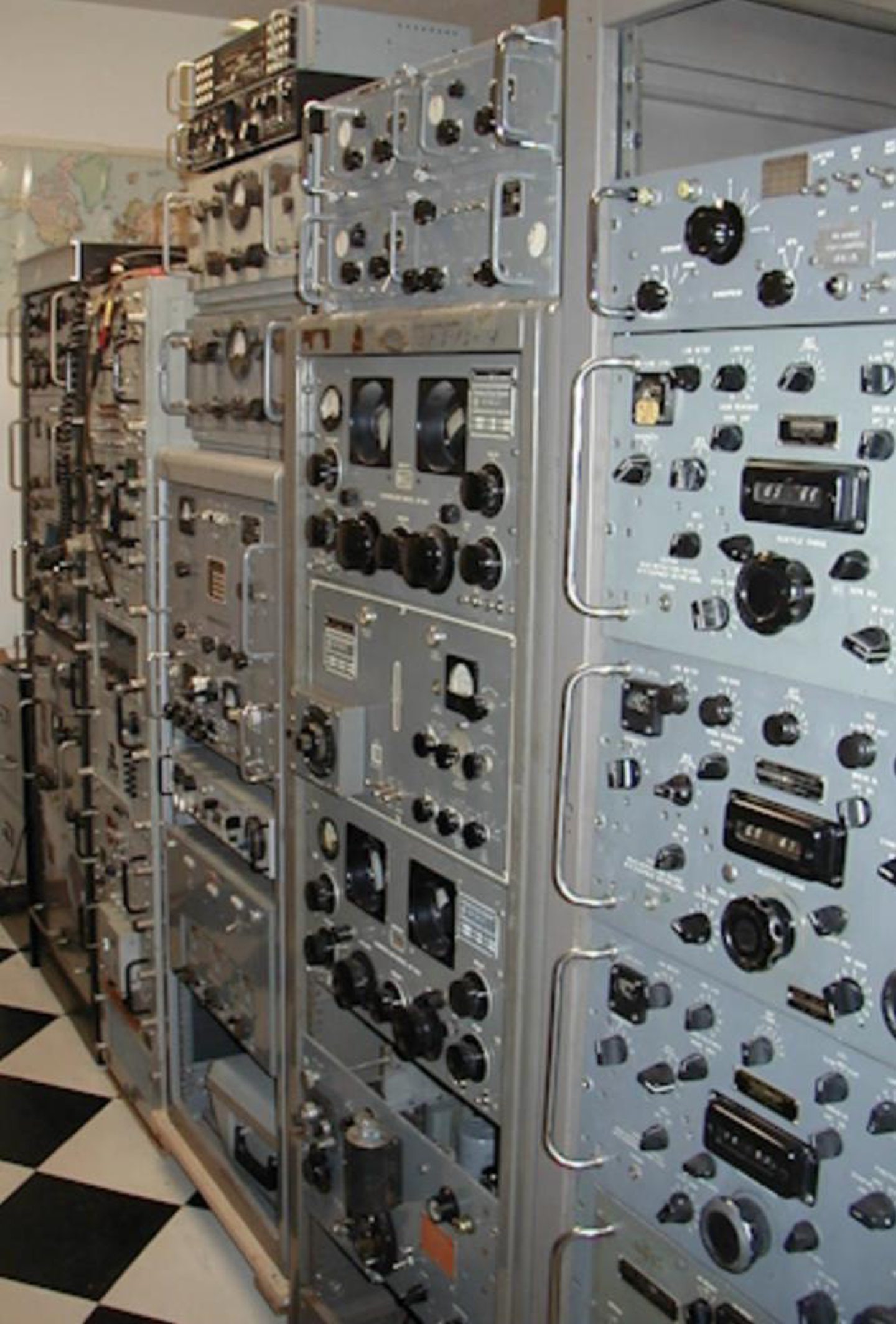
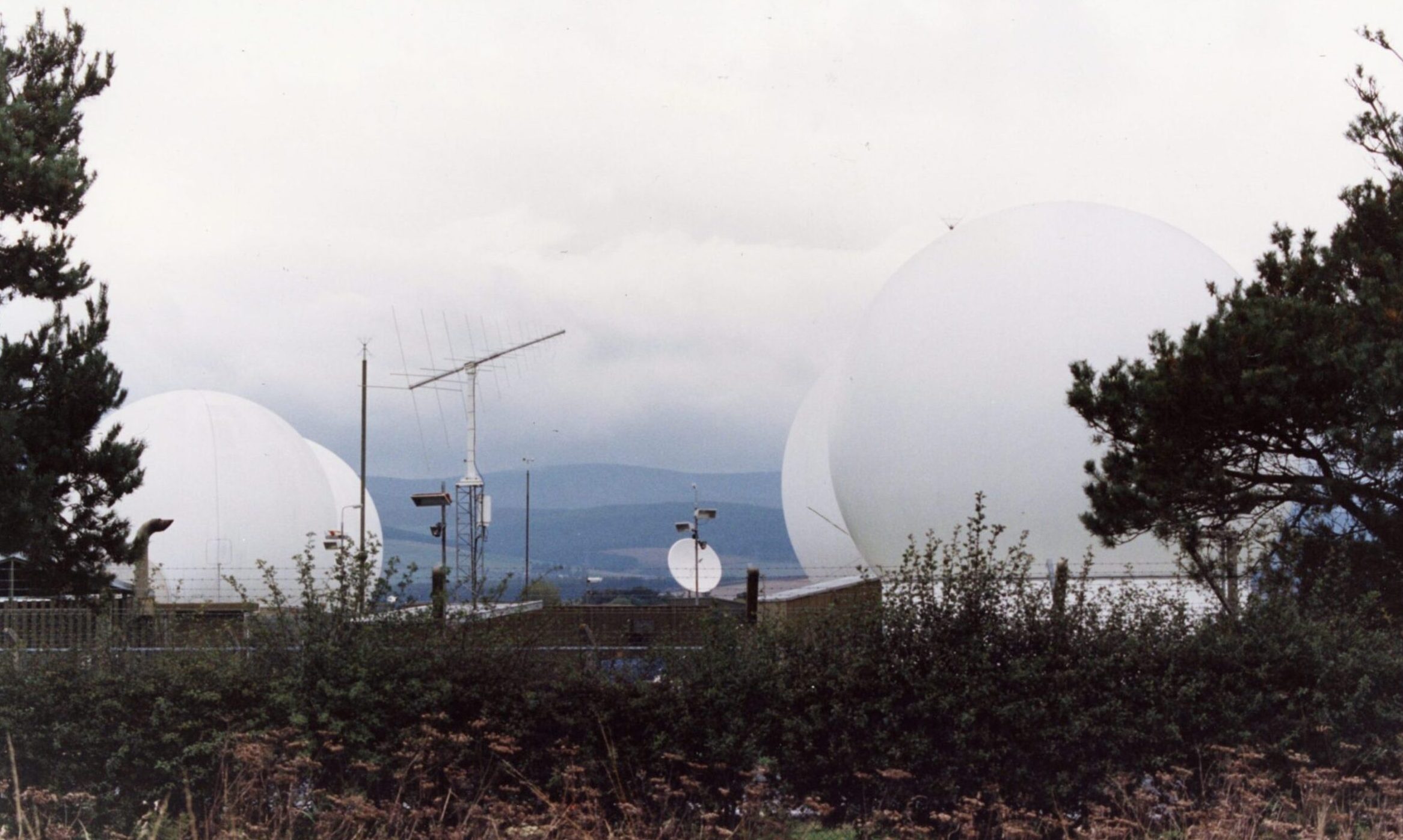
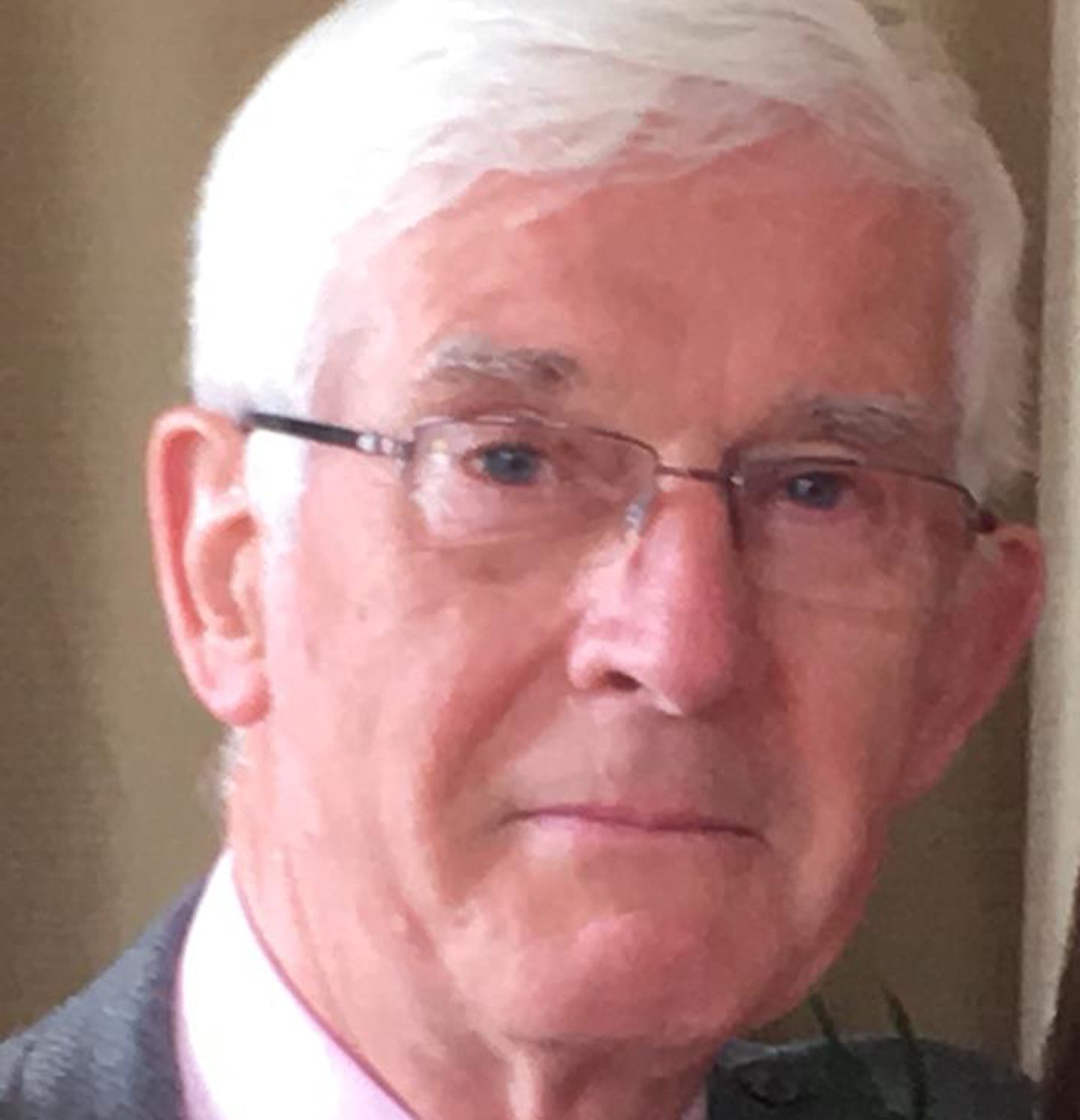
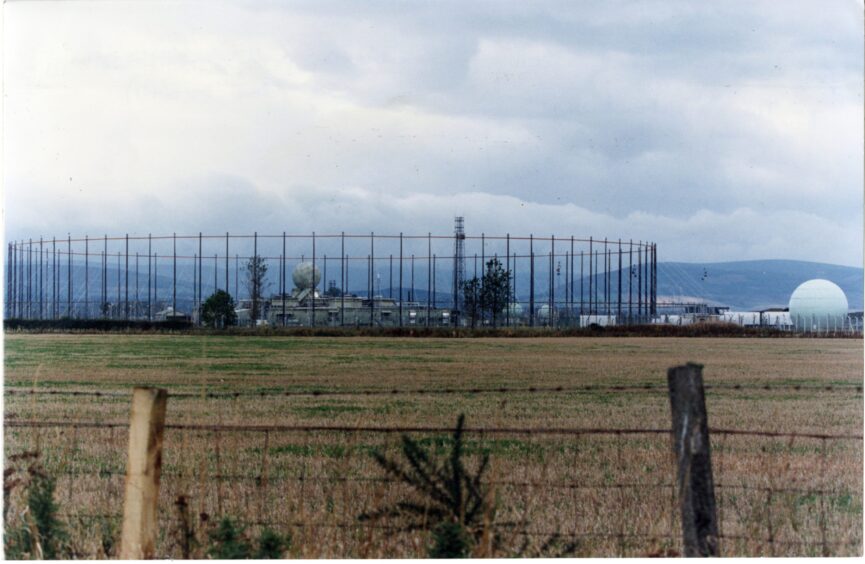
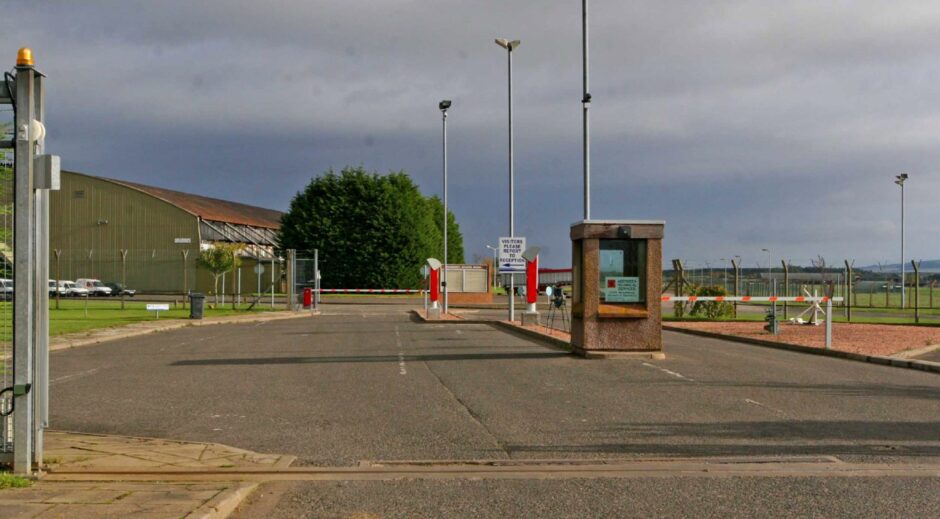
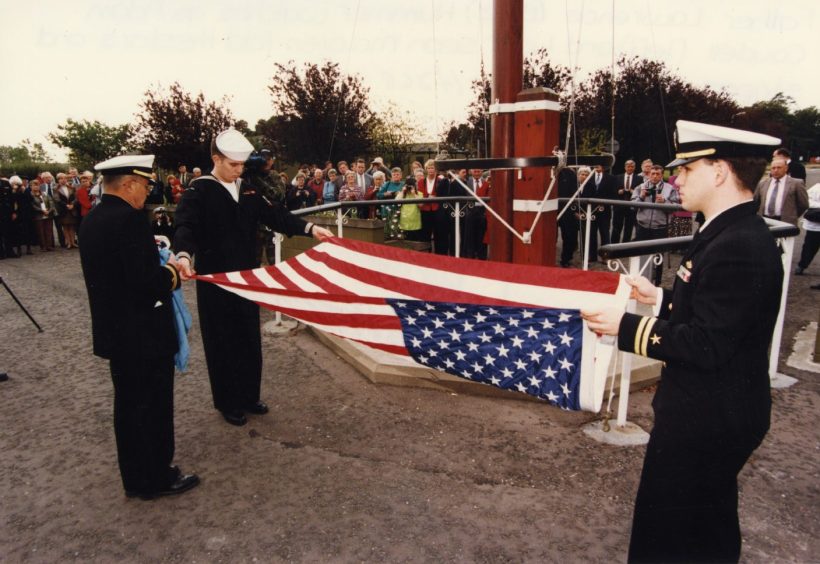
Conversation